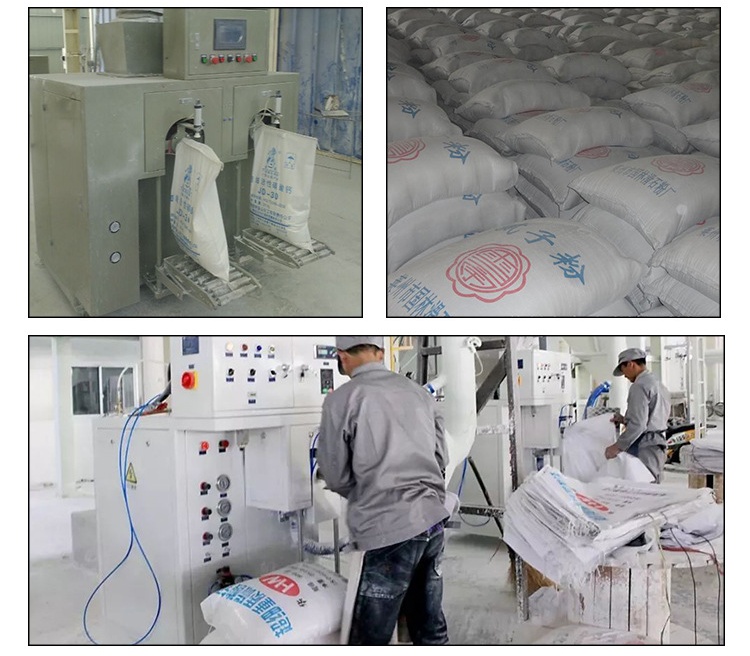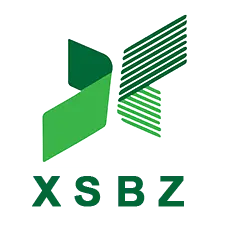Polypropylene (PP) woven bags are ubiquitous in industries like agriculture, mining, and chemicals due to their durability and versatility. Ever wondered how these essential woven bags are made? This article delves into the fascinating manufacturing process of PP woven bags, revealing the journey from raw materials to the final sturdy product. Read on to discover the intricate steps involved and why understanding this process is crucial for businesses relying on these resilient sacks.
What Are PP Woven Bags?
PP woven bags are packaging solutions made from woven polypropylene threads. Polypropylene is a type of thermoplastic resin known for its robustness and resistance to wear and tear. These bags are crafted by interweaving polypropylene strips in two directions, warp and weft, to form a lightweight yet strong fabric.

Image: 50 kg Green PP Woven Bags for Cement
Why Are Woven Polypropylene Bags Popular?
The popularity of woven polypropylene bags stems from their exceptional durability, flexibility, and cost-effectiveness. They offer high tensile strength, making them ideal for carrying heavy loads without tearing. Additionally, they are reusable and recyclable, aligning with environmentally friendly practices.
The Raw Materials: What Goes into a PP Woven Bag?
The primary raw material for these bags is polypropylene resin. Sometimes, recycled materials are added to reduce costs and promote sustainability. The quality of the final woven bag largely depends on the purity and properties of the polypropylene used.
How Does the Production Process of Woven Polypropylene Work?
The production process of woven polypropylene involves several critical steps that transform raw polypropylene into finished PP woven bags. This process includes extrusion, weaving, lamination, printing, cutting, and sewing.
Step 1: The Extrusion Process – Creating Flat Yarn
The journey begins with the extrusion process. Polypropylene resin, along with any additives, is fed into an extruder. Here, it is melted and plasticized at temperatures above the melting point of PP. The molten material is then forced through a die to create a thin film, which is quickly cooled using cooling water.
This film is then slit into narrow strips to form flat yarn. These strips are stretched to align the polymer molecules, enhancing the tensile force and reducing the elongation at break. The stretching ratio and retraction ratio are carefully controlled to ensure optimal yarn quality.
Key Points in Extrusion:
- Mixing Process: Achieving a homogeneous mixture of polypropylene and additives.
- Process Parameters: Temperature, screw speed, and cooling rate directly affect yarn quality.
- Winding System: Collects the flat yarn onto spools for the next stage.
Step 2: The Weaving Process – From Yarn to Fabric
The spooled yarns are then transferred to the weaving machine, typically a circular loom. Here, the yarns are woven together, with warp yarns running longitudinally and weft yarns interlacing horizontally, forming a tubular fabric.
Innovations in Weaving:
- High Production Efficiency: Modern looms allow for high-speed weaving without compromising quality.
- Tensile Strength: Weaving tightly controls the tensile strength of the fabric, which is crucial for the bag's durability.

Image: PP Woven Bag Weaving Process
Step 3: Lamination and Printing
The woven fabric can be laminated with a BOPP (Biaxially Oriented Polypropylene) film to enhance moisture resistance and allow for high-quality gravure printing.
- Lamination: Involves bonding a thin plastic layer to the fabric, providing a barrier against moisture and dust.
- Printing Machine: Applies branding and product information using advanced printing techniques.
Step 4: Cutting and Sewing – Forming the Final Bag
The laminated fabric is cut into pieces using a cutting machine according to the required width of the bag. The pieces are then sewn together, forming the bottom and sometimes adding features like handles or drawstrings.
- Bag Cutting: Precision in cutting ensures consistency in bag sizes.
- Sewing: Skilled workers or automated machines sew the bags, adding strength to the seams.
What Makes the Production Process of PP Woven Bags Unique?
The production process of PP woven bags is characterized by a combination of advanced technology and attention to detail. The use of woven fabric made from flat yarn provides a balance of strength and flexibility that is unmatched by other materials.
Unique Aspects:
- Versatility: The ability to customize sizes and designs.
- Efficiency: High production efficiency with a simple process flow.
- Quality Control: Careful monitoring of process parameters ensures consistent product quality.
Ensuring Quality: How Is Tensile Strength Achieved?
Achieving high tensile strength is vital for the functionality of PP woven bags. This is accomplished through:
- Material Selection: Using pure polypropylene resin enhances strength.
- Extrusion Control: Precise control over the extrusion process affects fiber quality.
- Weaving Techniques: Proper tension and alignment in the warp and weft improve durability.
- Quality Testing: Regular testing of tensile force and elongation at break.
Applications of PP Woven Bags
PP woven bags are used across various industries:
- Agriculture: For packaging grains, seeds, and fertilizers.
- Mining: Transporting minerals and ores.
- Chemicals: Safe handling of powdered and granular chemicals.
- Logistics: Efficient and secure packaging solutions for bulk materials.

Image: Industrial Bulk Bags for Agriculture
For specialized applications, consider Industrial Bulk Bags for Agriculture that offer customized solutions.
Choosing the Right PP Woven Bag Manufacturer
When selecting a manufacturer, consider:
- Production Line Capabilities: A manufacturer with a complete production line ensures better quality control.
- Experience: Companies like ours, with seven production lines, bring expertise.
- Quality Assurance: Look for certifications and adherence to international standards.
- Customization Options: Ability to produce bags to your specific requirements.
For high-quality products, explore our PP Woven Valve Bag for Cement Packing, designed to meet industry needs.
Conclusion
Understanding the manufacturing process of PP woven bags reveals the meticulous effort that goes into producing these reliable packaging solutions. From selecting the right raw materials to employing precise production techniques, each step ensures that the final product meets the highest standards of quality and durability.
Whether you're in agriculture, mining, or logistics, choosing the right PP woven bag can make a significant difference in your operations. By partnering with experienced manufacturers, you can secure packaging that fulfills your specific needs.
Key Takeaways
- PP woven bags are made from interwoven polypropylene strips, offering strength and durability.
- The production process includes extrusion, weaving, lamination, bag cutting, and sewing.
- Tensile strength is a critical quality parameter, achieved through material selection and controlled processes.
- Applications span various industries, including agriculture and mining.
- Selecting the right manufacturer ensures product quality and compliance with safety standards.
For more information on specialized bags, check out our Woven Polypropylene Sacks Valve Bag for 20kg.
Interested in high-quality PP woven bags? Contact us today to find the perfect solution for your needs.
Post time: Dec-10-2024



